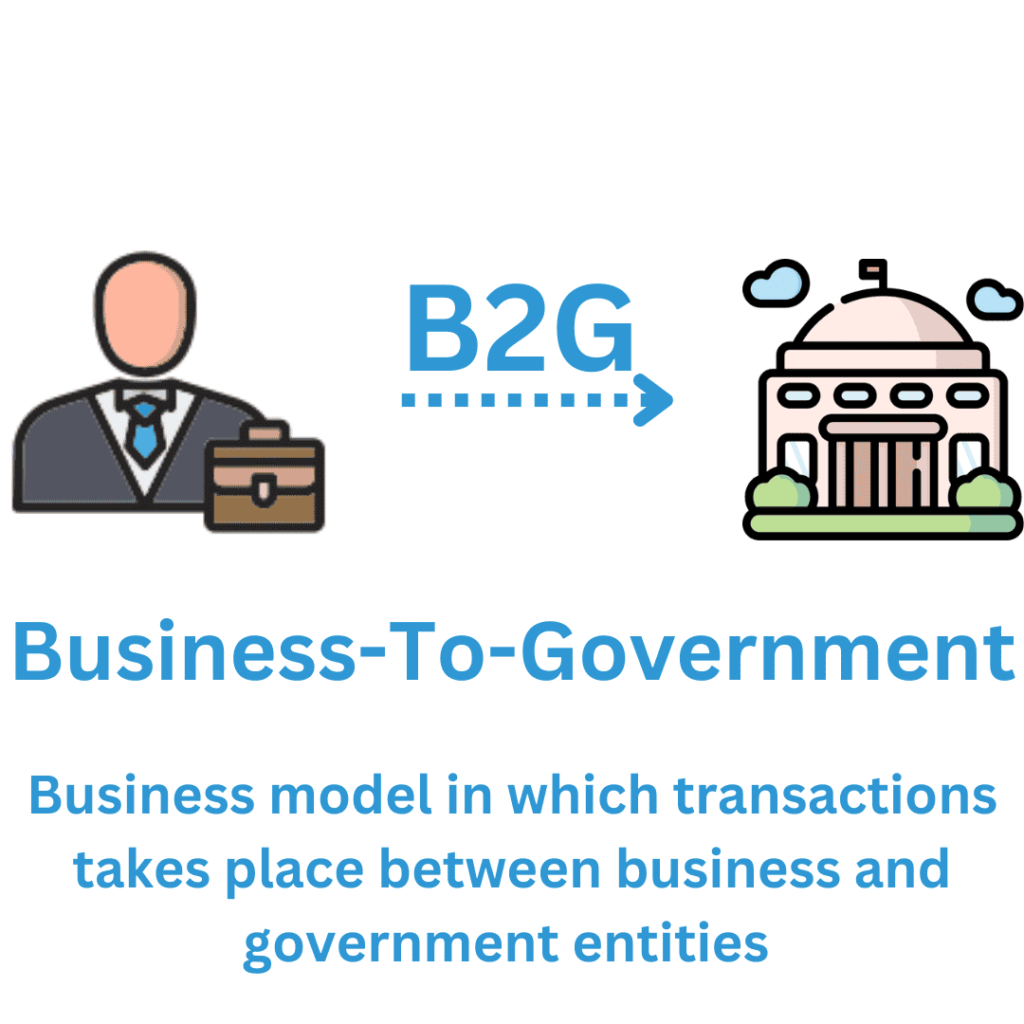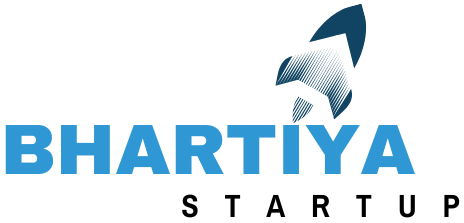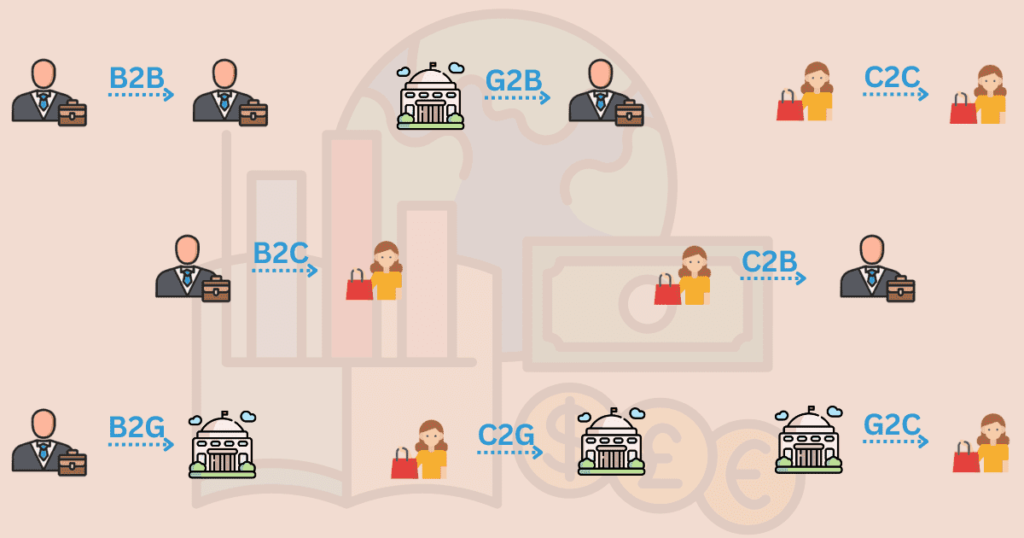E-commerce refers to the process of buying and selling of goods and services through the internet ecommerce has become a fundamental pillar for successful business providing an opportunity to reach to a global audience and generate significant income
In this article we are going to know about different eCommerce business models along with their pros and cons Before we go to that Let’s first define
What is a Business model?
Business model is a simple strategy for the successful operation of a business and how it differs from the competitors plan for the existing products or services in the industry. It also encompasses the revenue sources as well as the potential customer base.
Types Of E-commerce Business Models
Business-To-Business (B2B)

Business-to-Business model of Ecommerce focuses on commercial transactions between companies instead of individuals. It is usually a situation whereby one company provide goods or services online with other companies as its target audience.
Examples:
- Indiamart
- Udaan
- Ninjacart
Pros Of Business-To-Business (B2B)
- The B2B market is predictable as well as stable.
- There is greater customer loyalty than in other models of eCommerce
- One can make steady and good profits by having customers who come back regularly
Cons Of Business-To-Business (B2B)
- There is a smaller pool of customers when compared to other models.
- Since B2B marketing targets businesses, sales are a little hard to come by because firms take a longer time to make decisions
- Where firms ask for huge discounts because of their bulk purchase, it could eat into the profit of the seller.
Business-To-Consumer (B2C)

Business-to-Consumer is an ecommerce business model which focuses on companies which sell products or services directly to end consumers through online platforms, such as ecommerce websites or mobile applications. It is one of the first types of eCommerce and has developed enormously over the previous two decades.
Examples:
- Flipkart
- Swiggy
- Ola
- Snapdeal
- Myntra
- Meesho
Pros Of Business-To-Consumer
- It requires a reasonably low startup capital when compared to other ecommerce models
- It is also easy to scale a B2C ecommerce venture
- It involves selling to a wide range of audience with already known purchase patterns and behavior.
- It allows for flexibility since the platform is the channel for efficiently collating market demand in real-time.
Cons Of Business-To-Consumer
- The B2C space is highly competitive with most firms already boasting a majority of the market share.
- Shipping products across borders can be a massive challenge if you mistakenly land the wrong shipping company.
Consumer-To-Business (C2B)
Consumer-to-Business is an ecommerce business model in which consumers are now the ones offering goods and services to business operators.
This model is mostly used by freelancers and affiliate marketers
Freelancers list their skills on a websites like Upwork, Fiverr and mention what tasks they can accomplish, how much time they will take to do a task and what price they will charge.
Examples:
- Upwork
- Fiverr
Pros Of Consumer-to-Business
- Freelancers also enjoy relative freedom and flexibility in terms of working hours.
- It allows service providers to gain work experience across multiple projects and get paid well for doing so.
Cons Of Consumer-to-Business
- A high level of communication skills is required to convey project ideas.
- Companies that hire freelancers could face a challenge in sending payment to freelancers in some parts of the world.
Consumer-To-Consumer (C2C)

Consumer-to-Consumer is a business model in which consumers sells their product or services to consumers usually through a third-party website. In this model, consumers can buy and sell products or services directly from each other. Every online platform that enables communication among two or more persons is suitable for a C2C trade.
Examples:
- eBay
- Quickr
- Olx
Pros Of Consumer-to-Consumer
- No upfront costs to get product listed on C2C website.
- C2C ecommerce allows individuals to earn money by selling things or services they no longer use or can supply
- Consumers can access a wide variety of products and services
Cons Of Consumer-to-Consumer
- C2C poses a high level of risk in terms of product quality than other eCommerce business models
- The cost charged for each sale using the C2C eCommerce model on a third-party site like eBay may eat into the profit of the merchant.
Business-To-Government (B2G)
Business-to-Government is a business model in which transactions takes place between business and government entities or public administrations. This involves in buying and selling of products, services or information between companies and government agencies

Examples:
- Online Tax Payment
- Public Procurement Systems
- Presentation of Regulatory Reports
Pros Of Business-to-Government
- It increases flexibility and efficiency in public administration.
- It reduces operational cost of government
Cons Of Business-to-Government
- Security and Confidentiality of data
- It often requires huge capital to set up.
Government-To-Business (G2B)
Government-to-Business is a business model in which government which makes its services available to businesses and corporations. This exchange of services is mainly non-commercial.
These websites mainly operate in the area of e-auctions, application submission, social security and tenders.
Pros Of Government-to-Business
- Lower costs and barriers for interaction between governments and businesses
- Reduced time for carrying out a transaction
Cons Of Government-to-Business
- Businesses are required to provide a lot of information to the government, that may hamper their privacy
Government-To-Citizens (G2C)

Government-to–Citizens is the model created by government to make it easier for citizens to gain access to its services to make cost-effective. Also, the effort from the citizen’s side also decreases because they do not have to go to the government offices time and again.
Examples:
- Online Tax Paying
- Online essential certificate creation ie. Birth Certificate, Pan Card
Pros Of Government-to-Citizens
- Easy access to the government’s services
- The ease of performing transactions without having to visit to the actual offices
- Governance is far more effective and rapid.
Cons Of Government-to-Citizens
- Lack of insufficient infrastructure may be problematic
- Security and Confidentiality of data should be on risk if not managed properly
Citizen-To-Government (C2G)
Citizen-to-Government is the model created by government for citizens to gain access to its services to make it cost-effective. This model is similar to that of Government-To-Citizens
In this model government ensures citizen use this to interact with the government which which help them for more effective and cost efficient governance
FAQs
What is the 5C of E-commerce?
The 5 C’s of the eCommerce are “company”, “Collaborator”, “customers”, “competitors” and “context”.
Is India Mart a B2C company?
India Mart is a B2B company

